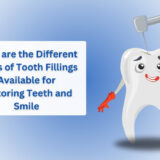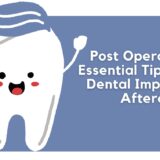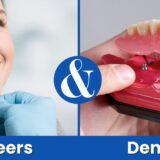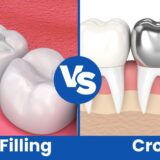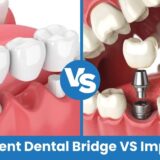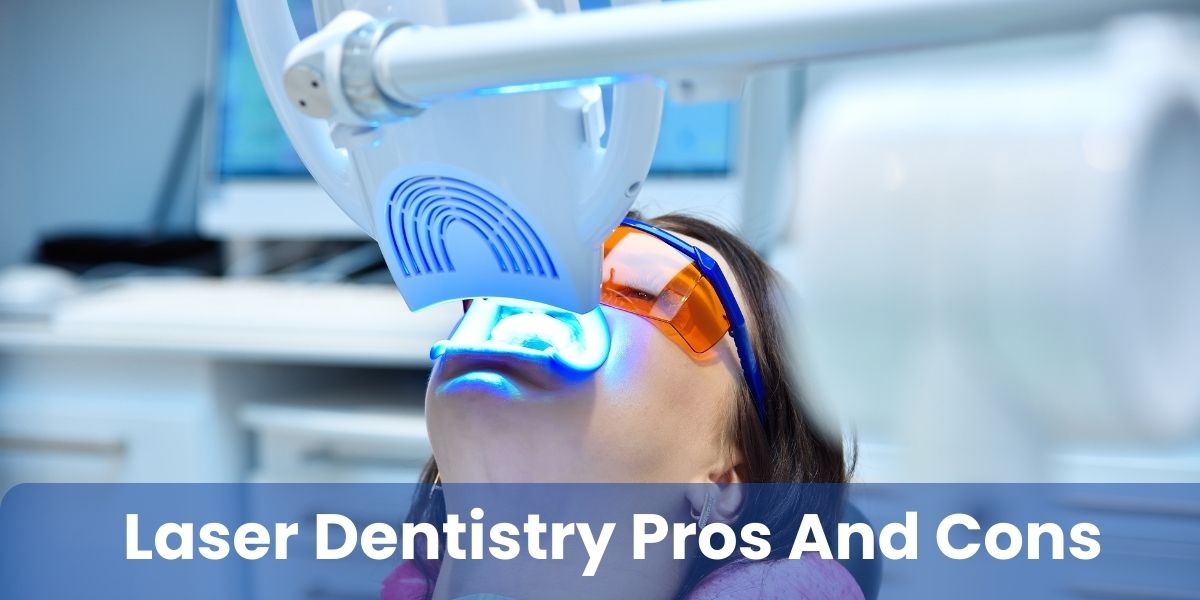Through this blog, we aspire to shed light on the latest and continuing advancements in laser dentistry, that employ patient-oriented technology to deliver gentle and efficient dental care. This will familiarise you with its undeniable benefits from precise treatments to reduced discomfort, and delve into the various types of laser dentistry while keeping in mind laser dentistry pros and cons, we’ll also navigate through the considerations and limitations. In the end, you may be able to use this information as a guide for future treatment availability and considerations associated with it.
What is Laser Dentistry?
We shall begin by outlining the basics of laser dentistry. With growing innovation in improving patient experience with surgical procedures, in the field of dentistry, laser dentistry has come to the forefront as a popular method. This method uses laser technology for meticulous and less invasive oral procedures that facilitate the reduction of pain, promote faster healing, and other applications in soft as well as hard tissues.
Advantages of Laser Dentistry
Accuracy and Precision:
Laser dentistry is distinguished by its precision and accuracy in the treatment of teeth. This method allows dental surgeons to target specific areas with minimal influence on adjacent tissues, which leads to more precise treatment results.
Reduced Discomfort and Pain:
The ability to minimize pain and discomfort in dental treatment is one of the primary advantages of laser dentistry. The gentle touch of a laser often makes it easier for the patient to be anesthetized, improving their overall experience.
Lesser Bleeding and Swelling:
A bloodless and minimally invasive approach is supported by laser dentistry. Compared to traditional methods, the cauterizing effect of the laser seals blood vessels as it works, resulting in reduced bleeding and swelling.
Quicker Healing Time:
Faster healing times can often be observed in patients undergoing laser dental procedures. The laser’s precision reduces injury to adjacent tissues, which allows the body to heal more effectively.
Minimized requirement for Anesthesia:
Laser dentistry is capable of significantly reducing or eliminating the need for anesthesia in dental procedures. This is particularly advantageous for patients having anxiety or fear associated with dental injections.
Potential for More Conservative Treatment Approaches:
Laser dentistry makes it possible to use more cautious techniques in the treatment. The laser’s precision means that less healthy tissue is affected, which means preserving as much of the natural tooth structure as possible.
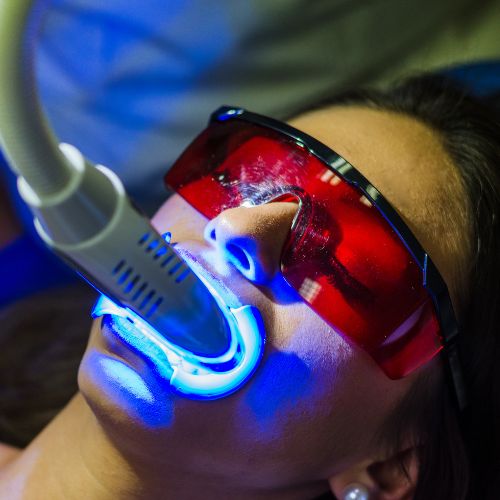
Types of Laser Dentistry
Soft Tissue Lasers:
Soft tissue lasers are generally employed for procedures concerned with gums in areas for reshaping gum tissue, treating periodontal disease, and performing cosmetic gum procedures. In procedures such as gum reshaping and periodontal treatment, soft tissue lasers are very effective.
Hard Tissue Lasers:
Dental problems related to teeth such as tooth decay are addressed with hard tissue lasers. They’re used for everything from the detection of tooth decay to filling teeth and preparing crowns.
Laser-Assisted Periodontal Therapy:
Laser technology is highly beneficial in the treatment of periodontal disease. While promoting the regeneration of healthy gum tissue, laser-assisted periodontal therapy may be used to target and remove infected tissues.
Laser-Assisted Endodontic Procedures:
The use of lasers for root canal procedures may be used in endodontics to improve precision and effectiveness. Improved outcomes in the treatment of infected root canals can be achieved through laser-assisted endodontic procedures.
Laser-Assisted Teeth Whitening:
Laser teeth whitening procedures are often used for cosmetic purposes. A brighter and whiter smile is produced by the laser’s activation of the whitening agents.
Cons: Considerations and Limitations
Cost:
Although laser dentistry has undeniable advantages, consideration may be given to the costs of installing this method in a dental practice. However, investment in enhanced experience and results is considered to be worth it by many patients.
Operator Skill and Training:
To ensure the effective use of laser technology, dentists should receive appropriate training. However, more dentists are investing in training that will enable them to offer these advanced procedures as the popularity of laser dentistry increases.
Limited Evidence in Some Applications:
Long-term evidence demonstrating the effectiveness of laser dentistry may not be available in some dental applications. However, the understanding of its uses and benefits is constantly improving as a result of ongoing research.
Limited Penetration in Dense Teeth Structure:
In certain cases, laser energy may not be able to penetrate very dense teeth structures and could affect its application. The dental practitioners shall carefully assess the individual needs of each patient and select an appropriate approach to treatment.
Conclusion
Ultimately, laser dentistry provides multiple advantages, transforming the way dental care is provided. From improved precision and reduced discomfort to faster healing times, and as we saw above laser dentistry pros and cons, we can infer that the benefits far outweigh the drawbacks. Although there are some limitations and considerations, ongoing research and development in laser technology, along with the increasing adoption of proper training among dental professionals, contribute to a better prospect for laser dentistry in providing advanced and gentle oral care. Laser dentistry may be a beacon of light in modern dental practices for patients seeking a more comfortable and efficient dental experience.

